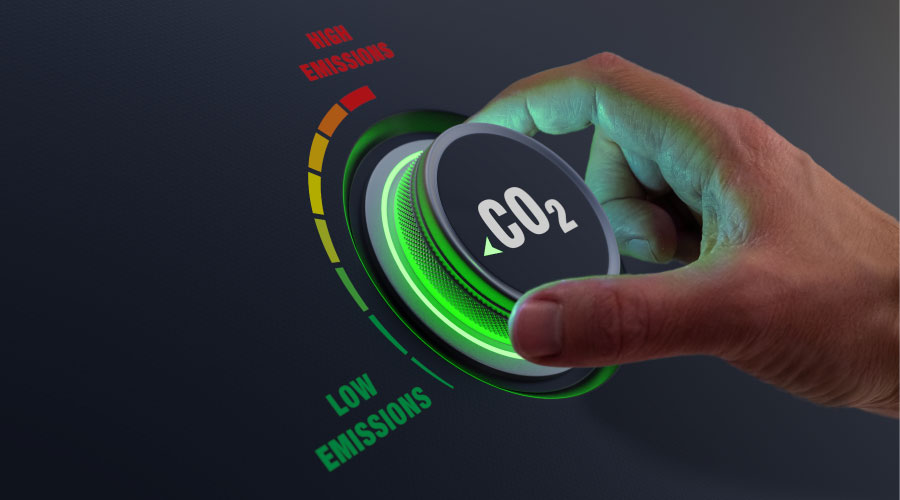Energy-Efficient Boilers Require Proper Maintenance
Proper maintenance of boilers and water heaters can provide a double benefit for maintenance and engineering managers by improving safety and reliability while curtailing the use of energy and water.
But maintenance strategies are only part of the energy-efficiency equation. Managers can do much more to help improve overall performance in existing plants by focusing on thermal and system efficiencies.
Fuel-fired steam systems are the most complex systems and the most difficult to operate efficiently in most institutional and commercial buildings. And while managers often focus on these systems, they can apply many related techniques to hot-water systems.
A discussion of recent trends in boilers can reveal recommendations for low-cost, high-impact strategies to optimize boilers' energy efficiency.
The U.S. Environmental Protection Agency has published rules of thumb that impact boiler efficiency through maintenance and operations. Though all are useful, managers would be wise to focus on recommendations that will optimize system efficiencies and provide relatively quick paybacks. When clients ask for help in determining cost effective optimization strategies to improve their system efficiencies, three technologies or operations strategies come to mind: linkageless combustion control, low oxygen-carbon monoxide technology, and reductions in short-cycling.
Removing Linkages
Traditionally, boiler controls have used linkages to regulate the air damper and gas valve while the firing rate of the burner changes. In theory, the valve position should match the firing rate in a one-to-one relationship (see Figure 1).
But in real-world operation the opening and closing strokes miss the target rate at the mid-range where the boiler usually operates, causing over-firing or under-firing. This phenomenon is called hysteresis and leads to inefficiency. Hysteresis also can lead to unburned fuel and, therefore, carbon monoxide.
Linkageless controls replace the linkage with direct-drive motors, typically positioned in a parallel arrangement. This approach increases accuracy and repeatability to 0.1 degrees, and it essentially removes the affects of an inefficient or incomplete burn by maximizing the capabilities of a given burner.
The addition of a linkageless, parallel-positioning control system eliminates hysteresis, and it can increase the overall system efficiency by 4-7 percent.
Related Topics:













